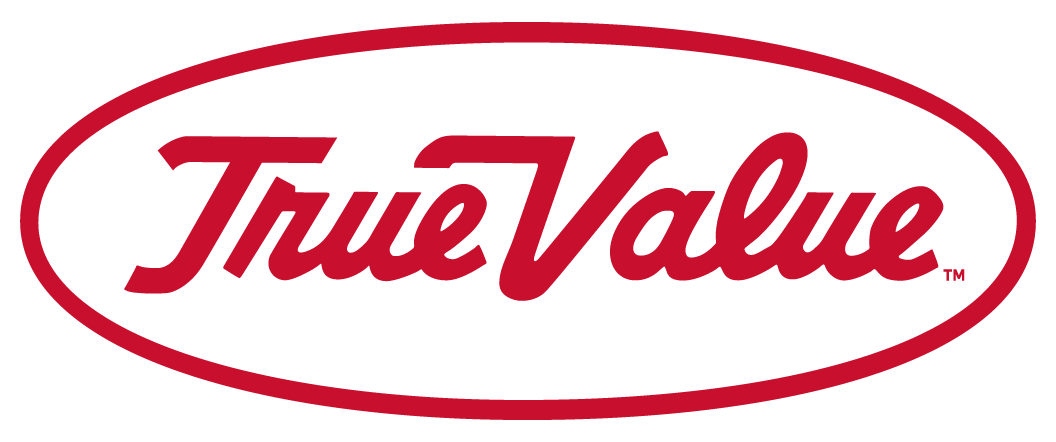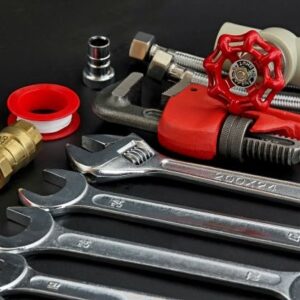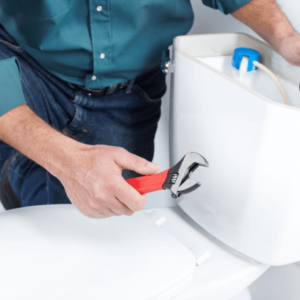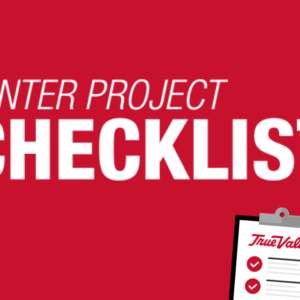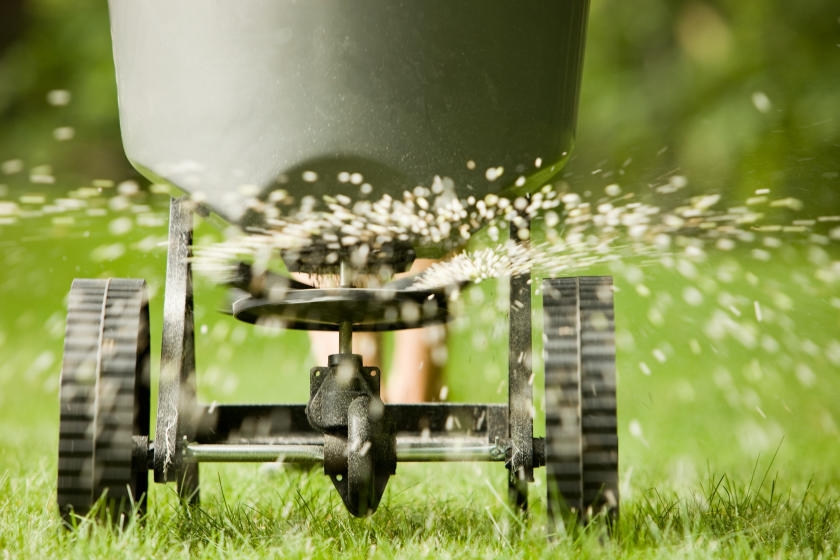Choosing a Lawn Fertilizer
Adding lawn fertilizer to your turf grass enriches the soil and creates a hardier, more beautiful lawn by replacing lost nutrients, healing damage from pests, pets and foot traffic and by promoting new growth and root health.
The most common types are dry, granular lawn fertilizer and liquid lawn fertilizer. Granular fertilizer, the most commonly used, is often slow-releasing and can provide nutrients for up to six months. Liquid fertilizers usually are quickly absorbed into the soil and easy to use with a garden hose or spray bottle. Both types come in organic and synthetic formulations. Note that synthetic fertilizers usually don’t work as long as organic choices but do often work quicker.
Lawn Fertilizer Nutrients: Nitrogen, Phosphorus & Potassium
Some fertilizers are packaged for certain uses and types of grass. This makes it easy to distribute the right nutrients needed. Before you begin, determine what kind of grass makes up your lawn. A balanced lawn fertilizer contains equal proportions of nitrogen, phosphorus and potassium. This is indicated by the nutrient ratios on the package. For example: 10-10-10. This particular ratio indicates that it is a good, general-purpose lawn fertilizer formula. Some types of grass in particular regions may require different formulations. For example, some lawns may not need much or any at all of a particular nutrient, such as phosphorus. In these situations, an unbalanced fertilizer is appropriate. Ask an employee at your local True Value hardware store if you’re not sure which to use.
Nitrogen helps grass stay green and thickly growing and is the most important of the nutrients to help grass grow well. Phosphorus keeps grass roots healthy and strong. Potassium keeps grass blades strong and resilient, protecting them from drought and damage from insects and disease.
Read fertilizer labels for proper application times, amounts and conditions. Apply only as directed on the package.
Helpful Tips
To ensure you are using the correct type of lawn fertilizer, purchase a soil testing kit to determine your soil’s pH levels and existing nutrient levels.
Use a “starter” fertilizer for lawns less than two years old.

When to Fertilize Your Lawn?
Fertilize your lawn at the very least once a year. Ideally though, you should fertilize at least twice—once in the fall, at the end of the growing season and once in the spring before growing season. Some lawns may require an application in the middle of the growing season. Always check the lawn fertilizer package to ensure that you have the appropriate fertilizer for the time of year, as many blends are formulated for specific seasonal use.
Applying Granular Lawn Fertilizer
Option 1: Using a Broadcast Spreader
To apply granular lawn fertilizer, follow the instructions on the package. To make the job easier and more efficient, use a broadcast spreader. This particular type of spreader covers the most area evenly and quickly. Pour the recommended amount of fertilizer into the spreader hopper.
Helpful Tip
Measure your yard in square feet. Instructions on the lawn fertilizer package will inform you of how many pounds or ounces (for liquid fertilizers) per square feet need to be applied. For reference, 10 lbs. per 1,000 sq. feet is a common application.
Don’t fill the spreader hopper over your lawn. The fertilizer can spill, and in high concentrations, actually harm the grass instead of helping it
Apply the lawn fertilizer in the same way you would mow. Using a sidewalk, driveway or other non-grass surface as a guide and a starting point, begin pushing the spreader parallel to the surface and work your way across the lawn, turning at each end and directing the spreader alongside the row you just completed so that coverage almost overlaps. The fertilizer drops from the hopper and is dispersed as you move. Keep a slow, steady pace. Read your spreader’s manufacturer’s instructions for exact directions on how to use it. Many models allow you to set the amount that is dispersed. Be careful that you don’t over-fertilize by checking the fertilizer package to verify the recommended spreader setting.
Safety Alerts!
Any fertilizer spilled on roads or sidewalks should be cleaned up promptly. Improper use of fertilizers may contribute to pollution of lakes and groundwater, so use a broom to sweep up spills immediately.
Wear gloves, safety glasses and a dust mask when handling fertilizers.
Keep fertilizer away from open flames or any source of extreme heat.
Option 2: Spreading Fertilizer by Hand
You can also spread granular lawn fertilizer by hand or with a hand spreader. This is ideal for small areas of turf where a broadcast spreader would deliver too much fertilizer for the area.
Applying Liquid Lawn Fertilizer
To apply liquid lawn fertilizer, follow manufacturer’s instructions on how to prepare the fertilizer (they require dilution) and how to connect the fertilizer bottle to your garden hose. Turn on the water to your hose and then open the valve on the fertilizer bottle. Walk at a slow, steady pace to cover the entire lawn evenly, spraying from side to side.
After applying the lawn fertilizer, water the lawn immediately with a garden hose, unless directed otherwise by the package instructions. Clean out fertilizer residue from your spreader with a garden hose, taking care to prevent the runoff from flowing into nearby soil or drains.
Good work! Now you know how to fertilize your lawn and keep it growing and green.
Project Shopping List
Here’s what you’ll need to complete this project successfully.
